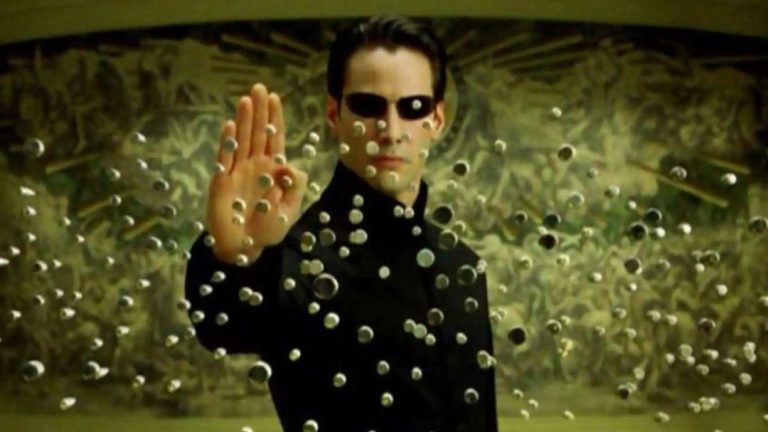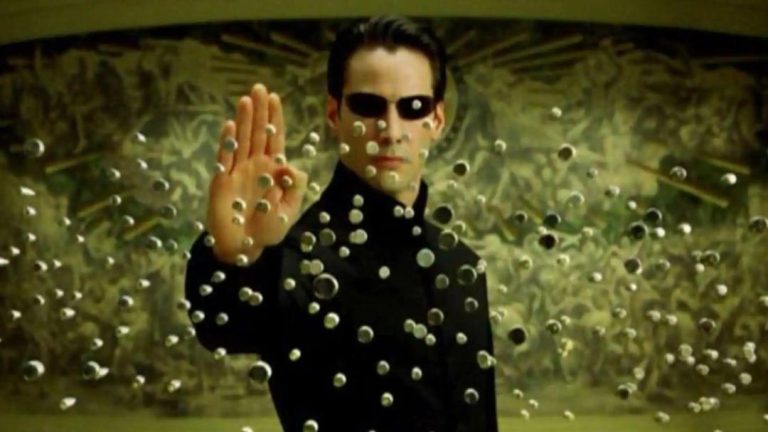
CMOs Sound Alarm Over Broken Marketing Metrics
As the marketing landscape continues to evolve at a rapid pace, Chief Marketing Officers (CMOs) in India are sounding the alarm over the growing issue of broken marketing metrics. According to a recent survey, a staggering 6 in 10 CMOs believe that traditional dashboards are failing to provide accurate insights into campaign performance, leading to misallocated budgets and lost revenue.
The issue is particularly concerning in today’s data-driven marketing world, where CMOs rely heavily on metrics such as Cost per Acquisition (CPA), Cost per Click (CPC), and Return on Investment (ROI) to measure the effectiveness of their campaigns. However, a disconnect between these metrics and actual business outcomes is causing widespread frustration among marketing leaders.
In an exclusive interview with Intellsys AI, a leading marketing analytics firm, a CMO from a leading e-commerce brand in India shared his concerns. “We’ve been investing heavily in digital marketing, but our traditional metrics are telling us that our campaigns are performing well. However, our sales numbers are not reflecting that. It’s like we’re throwing money into a black hole. We need to get to the bottom of this issue to ensure that our marketing dollars are being used effectively.”
The problem, according to experts, lies in the complexity of modern marketing funnels and the inability of traditional dashboards to account for the various touchpoints and data sources involved. “Marketing has become a highly complex and nuanced discipline,” says Rohan Joshi, CEO of Intellsys AI. “CMOs are dealing with multiple channels, platforms, and data sources, which makes it difficult to get a clear picture of campaign performance. It’s not surprising that they’re finding it hard to trust the numbers.”
The consequences of relying on broken marketing metrics are far-reaching and potentially devastating. Misallocated budgets, lost revenue, and decreased customer satisfaction are just a few of the potential outcomes. Moreover, the lack of transparency and accountability in marketing decision-making can lead to a lack of trust among stakeholders, including investors, board members, and employees.
So, what can CMOs do to address this issue? The first step is to recognize that traditional metrics are no longer sufficient and to start exploring alternative solutions. This may involve investing in marketing analytics platforms that can provide real-time insights into campaign performance, or partnering with data science teams to develop custom metrics and reporting.
Another critical step is to focus on outcome-based metrics, such as customer lifetime value, retention rates, and net promoter scores, which can provide a more accurate picture of campaign effectiveness. “CMOs need to start thinking about marketing as a customer-centric discipline,” says Joshi. “By focusing on outcomes, they can ensure that their marketing efforts are aligned with business objectives and driving real revenue growth.”
The good news is that there are already several marketing analytics platforms and tools available that can help CMOs overcome the challenges of broken marketing metrics. For instance, AI-powered marketing analytics platforms can analyze vast amounts of data in real-time, providing CMOs with a clear picture of campaign performance and identifying areas for improvement.
In conclusion, the issue of broken marketing metrics is a pressing concern for CMOs in India and around the world. By recognizing the limitations of traditional metrics and exploring alternative solutions, CMOs can ensure that their marketing efforts are driving real revenue growth and customer satisfaction. As the marketing landscape continues to evolve, it’s essential that CMOs stay ahead of the curve and adapt to changing metrics and analytics landscape.
Source:
https://www.intellsys.ai/






